Energy-saving with NB-IoT and LTE-M part 3 – NeoMesh as a complement to NB-IoT and LTE-M
In this series of three blog articles, adapted from the IoT M2M Times, we take a closer look at the energy consumption of NB-IoT and LTE-M. On their own, these physical layer standards do not deliver energy savings. The IoT developer has to choose the right AT commands and the right protocol with the right strategy for their chosen application. Sometimes we have to do without NB-IoT and LTE-M and take a different path. We hope that you have fun reading and learning.
In this the final blog we look at how to complement NB-IoT and LTE-M, double the 10 year battery life and extend the range to the third floor basement of an underground garage or a sewer 50 metres underground. This can be learned from the proven success of Triptec in Germany in doing just that.
Longer operating time for Triptec’s operating hour meters, data loggers and alarm devices
Triptec HL UG was founded in 2001 and operates thousands of operating hour meters, data loggers and fault detectors with the necessary cloud server. Customers include public utilities, municipalities, industrial companies and energy utilities. The goal of their wireless IoT devices is to monitor and optimise the operation of wastewater plants, district heating power plants and machines, for example. The operating hour meters are used to determine the time of use of machines and derive any necessary maintenance. The data loggers record measurement data and transmit it periodically to the cloud. The fault indicators monitor measured variables and trigger an alarm in the event of a fault. A combination of alarm and data logger is common. Up to now, Triptec has used GSM/GPRS modules to send messages or receive control commands at the units. GSM/GPRS belongs to the second generation of mobile radio. 3G was shut down in Germany in the summer of 2021. In Switzerland, 2G was taken out of operation in 2020. None of the three German network operators can promise how long GSM will continue to operate in Germany. Triptec’s customers are therefore pushing for future-proof radio technology. At the same time, Triptec wants to reduce the energy consumption of wireless IoT devices during the redesign and reach new market segments.
Implementation with NeoCortec Sub-GHz-Meshnet in combination with Quectel BG95-M3 (NB-IoT, LTE-M and GPRS) by Triptec
NB-IoT and LTE-M, unlike GSM, were specified from the start for data communication with low energy consumption. NB-IoT and LTE-M use various timers that enable an IoT device from Triptec to be connected bidirectionally. For example, the devices listen to the cellular channel at a variable interval set between every minute to 175 minutes to check if a message arrives. The device can go to sleep, receive nothing and still remain logged on. In the event of a fault, the cellular radio module BG95 is woken up. There is no need to register again with the cellular network, thus saving energy. Furthermore, NB-IoT and LTE-M offer up to 20 dB more link budget than the previously used GPRS. 8 dB corresponds approximately to doubling the range or roughly the attenuation caused by a wall in a building. With 20 dB budget, the user can penetrate 2 more walls and potentially reach into a basement.
The low-power mobile technology NB-IoT/LTE-M has been complemented with a Sub-GHz meshnet from NeoCortec called NeoMesh. NeoCortec drastically reduces energy consumption per node through extremely precise timing. Instead of transmitting 1 to 3 km to the mobile phone mast, NeoMesh transmits up to approximately 100 metres indoors. Outdoors, 500 metres is possible. A message hops from one radio node to the next in a NeoMesh. Each node in the NeoMesh is also a router. In addition, each message is acknowledged to the next node. In the event of a fault, the message is transmitted again in the next cycle on another of the 15 channels. If a node fails, the module in the NeoMesh automatically searches for a new path. All nodes synchronise every 1 to 30 seconds. With a pulse of 30 seconds. With this approach, a node can operate for up to 7 years from 2 alkaline AA cells.
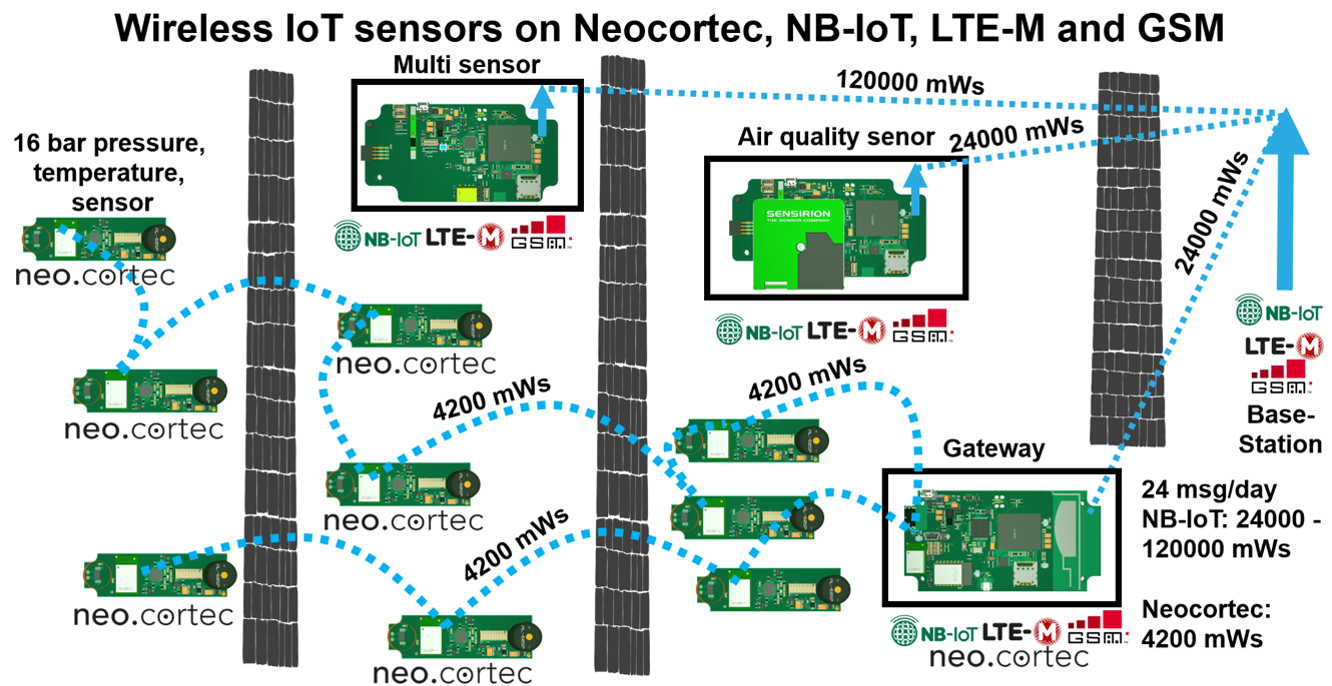
Data flow for stand-alone with NeoCortec NC1000 as pressure and temperature sensor for pipes, multi-sensor for various measured variables, a sensor for air quality and gateway with NC1000 and BG95.
An NB-IoT/-LTE device requires approximately 5200 mWs for a message at long range to the base station (154 dB link budget). One message per hour results in approximately 24,000 to 124,800 mWs per day without acknowledgement, depending on the link budget. With acknowledgement, approximately twice the amount of energy is required. NeoMesh requires only 4200 mWs for the 24 messages including acknowledgement. The gateway is also an edge computer. The MCU is woken up every 30 seconds by the NeoCortec module, writes the measured value to the memory and makes a target/actual comparison. If a limit value is exceeded, the BG95 is woken up and the message is transmitted to the server within 2 to 10 seconds. Since the fault message is the exception, the gateway usually sleeps and transmits the data to the cloud once or twice a day if desired.
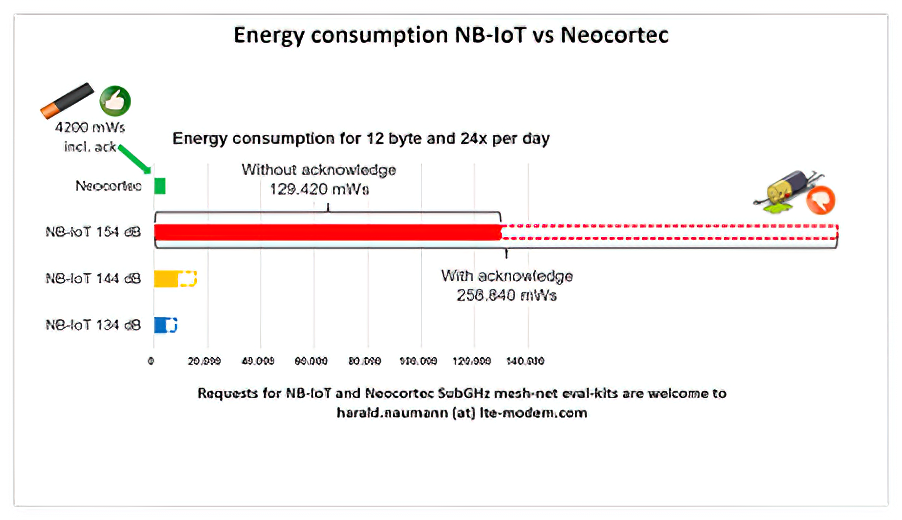 Comparison of the energy consumption of NeoCortec and NB-IoT for 24 messages per day. Source for the measurement series with the LPWAN technologies. Download the study: https://www.akoriot.com/white-papers/
Comparison of the energy consumption of NeoCortec and NB-IoT for 24 messages per day. Source for the measurement series with the LPWAN technologies. Download the study: https://www.akoriot.com/white-papers/
Wilhelm Oelers, CTO of Triptec says: “We compared the known Mesh-Net protocols and in the end found that most of them do not support Sub-GHz. In addition, with BLE-Mesh, ZigBee, Thread or 6LoWPAN, the routers and also the gateway module are not allowed to sleep. NeoMesh from NeoCortec on Sub-GHz helps us to penetrate the walls well. All participants (gateway, router, node) go to sleep at the same time. This allows 2 AA cells to operate for years. In this way, NeoCortec meets Triptec’s demand for minimum energy consumption with a good range in the licence-free 868/915 MHz band. The NeoMesh can be stretched almost as deep as desired into the ground. In a multi-storey car park, sensors in the third basement and deeper are no problem. A sewer is no longer a hurdle. The combination of NB-IoT/LTE-M with NeoMesh means there are no more radio dead spots for us.”
Summary of NeoMesh combined with NB-IoT and LTE-M
PSM, RAI and eDRX of NB-IoT and LTE-M can be combined with NeoMesh from NeoCortec. The IoT developer just needs to combine the right control commands in NeoMesh with the AT commands of NB-IoT and LTE-M.
A NeoMesh Evaluation Kit is available. Please send enquiries to harald.naumann (at) lte-modem.com

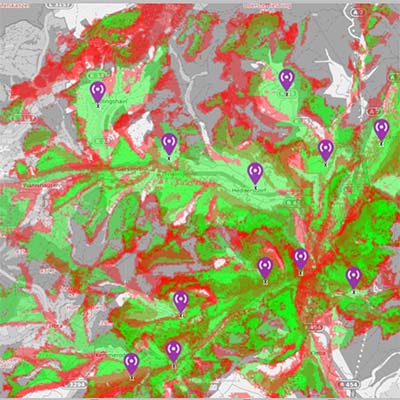
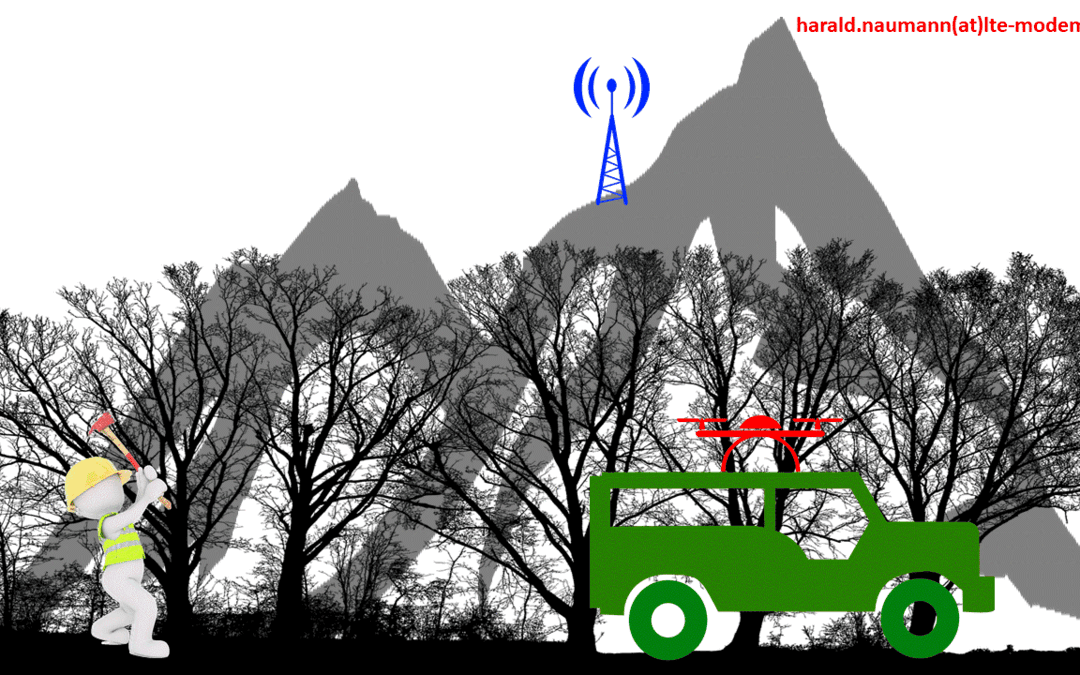
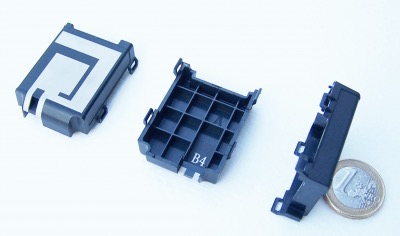
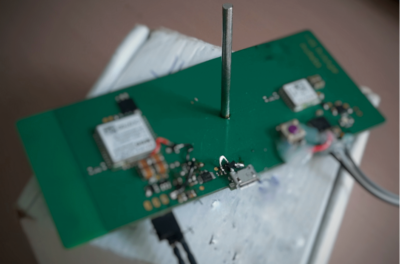
0 Comments